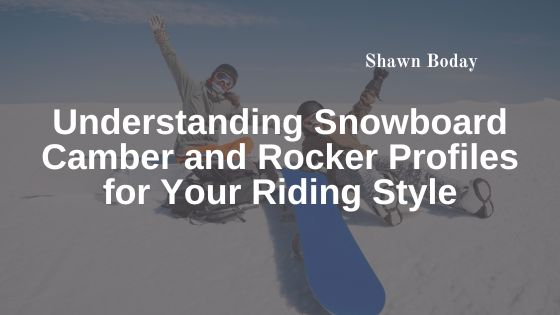Choosing the right snowboard is about more than length, width, or graphics. One of the most critical aspects that affect your ride is the board’s profile, specifically camber and rocker. These profiles describe the shape of the board when it is laid flat and directly influence how it performs on different terrain, how it responds to turns, and how it handles speed. Understanding these profiles can help you select a snowboard that complements your riding style and skill level.
What Is Camber?
Camber refers to the traditional upward curve of a snowboard when it is lying flat on a surface. In a cambered board, the contact points near the tip and tail touch the ground, while the center arches upward. This design creates a spring-like effect that distributes weight evenly across the board when pressure is applied.
Benefits of Camber
Camber boards offer excellent edge hold and stability, especially at high speeds and on hardpack or icy conditions. The increased contact with the snow gives riders precise control during carving and aggressive turns. This profile is ideal for advanced riders who prioritize responsiveness and pop for jumps or park features.
Considerations
While camber boards excel in control, they can be less forgiving for beginners. The increased edge engagement can make it easier to catch an edge, which may lead to falls for less experienced riders.
What Is Rocker?
Rocker, sometimes called reverse camber, is the opposite of traditional camber. The center of the board touches the snow while the tip and tail rise upward, creating a convex shape. This design makes the board more playful and easier to maneuver.
Benefits of Rocker
Rocker boards are ideal for powder and soft snow because the raised tip and tail help the board float. They are also more forgiving on groomed runs, making them suitable for beginners and freestyle riders. The reduced edge contact minimizes the chances of catching an edge, which encourages experimentation with tricks and turns.
Considerations
Rocker boards sacrifice some stability at high speeds and on icy terrain. Riders who prefer aggressive carving may find a pure rocker board less precise compared to a camber board.
Hybrid Profiles
Many modern snowboards feature hybrid profiles that combine elements of camber and rocker. For example, a camber underfoot with rocker at the tip and tail offers a balance of stability, edge hold, and float in powder. These hybrid designs allow riders to enjoy versatility across multiple terrain types, making them popular choices for all-mountain snowboarding.
Matching Profile to Riding Style
-
Freestyle Riders: Often prefer rocker or hybrid boards for easier spins, jumps, and playful riding in the park.
-
All-Mountain Riders: Benefit from hybrid profiles that provide a balance of control, stability, and float across varied conditions.
-
Powder Enthusiasts: Typically choose rocker or rocker-heavy hybrids to enhance float in deep snow.
-
Speed and Carving Focused Riders: Prefer full camber boards for precision, responsiveness, and edge hold at high speeds.
Final Thoughts
Understanding camber and rocker profiles is essential for finding a snowboard that complements your riding style. Each profile offers unique advantages and trade-offs, from stability and edge control to playfulness and powder float. By considering your preferred terrain, riding goals, and skill level, you can select a board that enhances your performance and enjoyment on the slopes. Knowing how these profiles work allows you to ride smarter, safer, and more confidently all season long.

